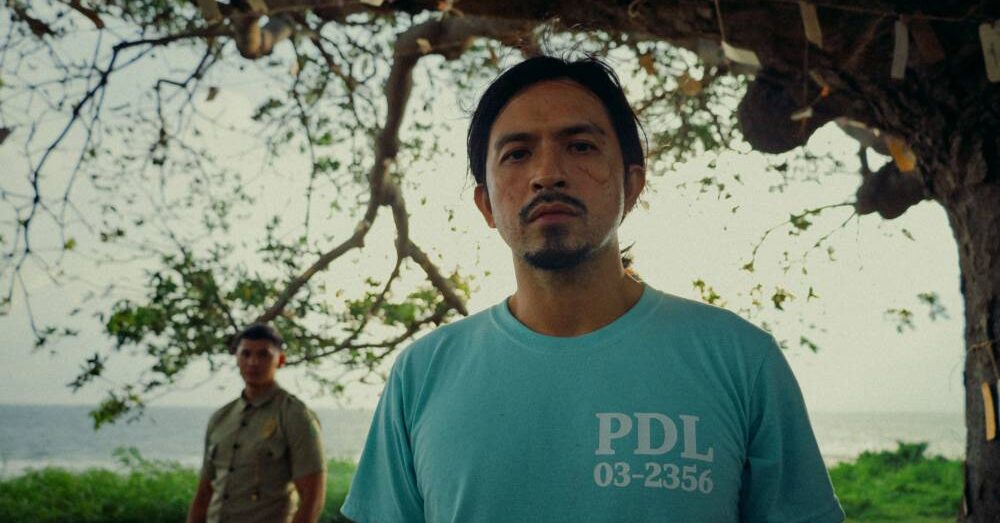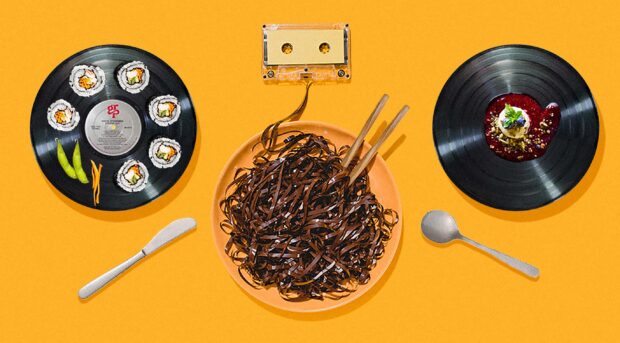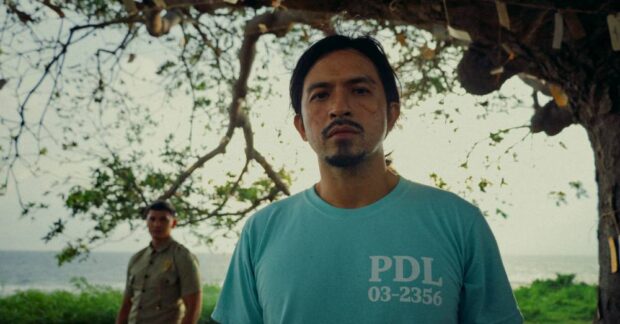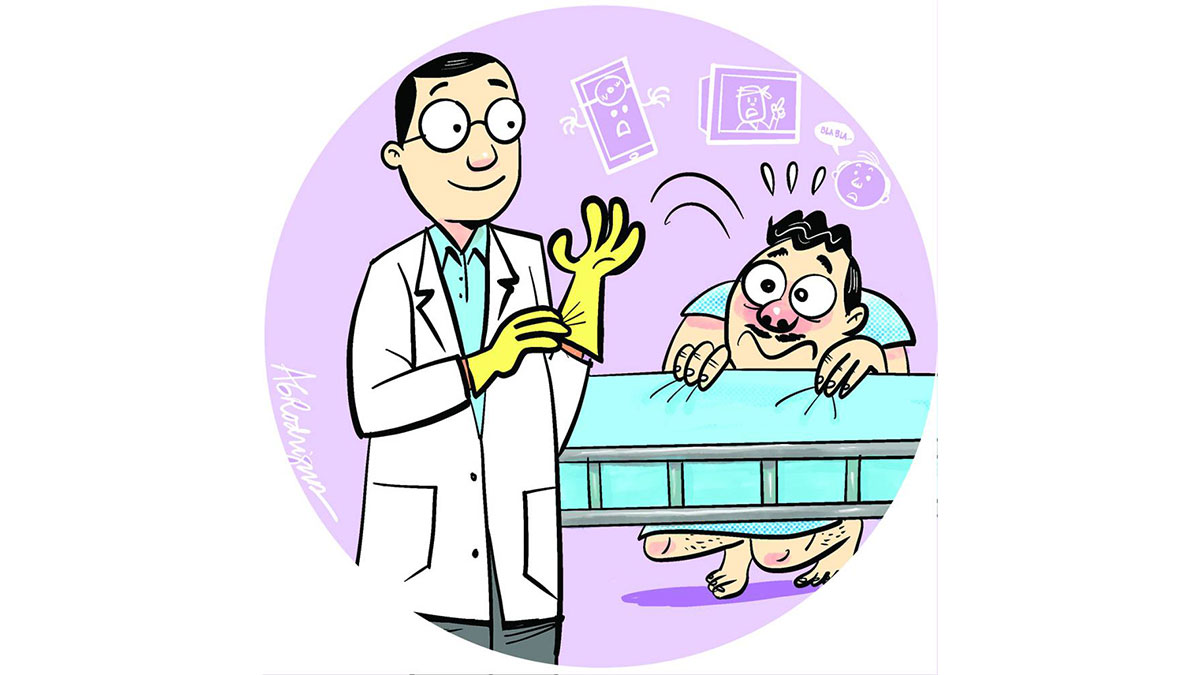Since it’s still the love month of February, it’s apt to discuss how to fix “broken” hearts—not in a romantic sense, but in a literal, pathological sense.
Several years ago, a woman in her early 40s was rushed to the ER at Manila Doctors Hospital, complaining of severe chest tightness and breathing difficulty. Earlier that day, she learned that her business partners scammed her of hard-earned money.
Obviously she had reason to be upset. My first impression was that she was just having a severe anxiety reaction. But the medical resident told me something on the phone that made me think something else.
He said the patient’s heart rate was not only fast but also irregular. He also heard some crackles when auscultating the lungs, which we usually hear with our stethoscopes in patients with heart failure. In such cases, the patient is literally drowning in his or her own blood. Fluid accumulates and stagnates in the lungs, like in a drowning victim.I decided not to dismiss the case as just an emotional reaction or anxiety-related disorder that simply needs a tranquilizer or anything to calm the nerves.
I instructed the medical resident to give it the “benefit of a doubt” and do some basic workups: ECG, chest X-ray and some blood tests.
Meanwhile, since the patient’s blood pressure was also high, we gave intravenous diuretic to relieve her of any excess fluid in the lungs, just in case she really had heart failure. She felt more comfortable after discharging around half a liter of urine. The lab results showed ischemia or lack of oxygen in the heart muscles, and pulmonary congestion or excess fluids in the lungs. Indeed, she was experiencing heart failure.
Unusual case
The diagnosis was Takotsubo cardiomyopathy or “broken heart syndrome.” It is now widely discussed in medical literature all over the world, after a Japanese physician first reported the cases of relatively young females with unusual cases of heart failure following an intense emotional stress, like, for instance, breaking up with a spouse or boyfriend. Hence, the “broken heart.”
Traumatic situations and intense fear have also been reported to cause it in some cases.
Sometimes, in local medical conferences with foreign medical experts as guest resource persons, we joke that we have a unique variant of Takotsubo cardiomyopathy in the Philippines, and it’s called “takot-asawa” heart failure. This is prevalent in males of all ages due to intense fear of the wife. Some of the foreign resource persons tease back, saying that takot-asawa heart disease is also prevalent in their countries.
One expert on heart diseases is my good friend, professor Athanasios Manolis, head of the cardiovascular department of a big, modern government hospital in Athens, Greece. It was fully refurbished and equipped two years ago, in large part, through the generosity of his wealthy patients who are Greek shipping magnates.
Manolis and his department did several groundbreaking work contributing to the pool of knowledge on how to cost-effectively evaluate the human heart and circulation, with various diseases including the broken heart syndrome. The pathology in such cases is frequently unrecognized and undiagnosed in patients suspected to have problems in the heart arteries.
Usually, when patients with chest pains (angina pectoris) consult their doctors, only the obstruction of the big arteries on the surface of the heart is evaluated. These are the arteries being fixed by bypass surgery or angioplasty through the use of catheters inserted through the wrist or groin.
However, research over the last 15 to 20 years have shown that these big arteries comprise only 5 percent of the heart circulation. The bigger part of the heart circulation is in the tiny but numerous articles penetrating the heart muscles. They comprise the microcirculation of the heart, and is the source of what is now called as microvascular heart disease (MVHD), including the broken heart syndrome.
Risk factors
Just like in diseases which obstruct the big heart arteries, similar risk factors such as high blood pressure, diabetes, cholesterol problems, overweight and obesity, and smoking are also the major culprits in MVHD. But other factors that may lead to it are the loss of the protective effects of the female reproductive hormones (estrogen and progesterone) after menopause; drugs such as “shabu” (crystal meth), ecstasy, cocaine and marijuana; and even severe emotional stress such as what happened in our patient.
An expert on MVHD like Manolis advises that physicians should always consider this problem when assessing and treating their patients for heart disease. Unfortunately, to date, MVHD is frequently unrecognized and undiagnosed, hence, inadequately treated.
I plead guilty to this, too, because I’ve overlooked the problem in young female patients whom I thought were just severely emotionally distressed, only to find out later on that they had a potentially life-threatening condition.
This is unfortunate because getting the necessary information on whether or not a patient has MVHD can be done with the equipment (2D echocardiogram), which is available in more than half of the hospitals in the country. It just requires a simple technique which an expert like Manolis would gladly teach any heart doctor familiar with 2D echocardiogram.
By knowing the status of the heart microcirculation and if the patient has MVHD, the doctor can be better guided on how best to manage the patient.
Landmark study
A lot of patients who are referred for angioplasty or bypass surgery could perhaps be spared with a more thorough evaluation of the status of their heart’s microcirculation. MVHD cannot be treated by surgery, but it can be significantly improved by maximizing lifestyle changes, and with the use of effective and suitable medications. Incidentally, optimizing medical therapy (OMT) is one of the important topics that will be discussed in the forthcoming joint annual convention of the Philippine Society of Hypertension and Philippine Lipid and Atherosclerosis Society Feb. 26-28, at Edsa Shangri-La Hotel.
With OMT, aggressive interventions like angioplasty and bypass surgery could possibly be avoided in up to three-fourths of cases of patients with stable angina pectoris or chest pains, as reported in a major landmark study presented at the American Heart Association congress in November 2019. This will be thoroughly discussed in a panel discussion I’m chairing, with fellow cardiologists John Añonuevo, Eduardo Felix Punzalan and Eugene Reyes.
Interested doctors and health care physicians may contact the secretariat at 0917-6255810. Training physicians and other types of physicians may attend the three-day congress for free—inclusive of all meals and giveaways—as a post-Valentine gift from the organizing societies. Media people, endorsed by their editors or publishers, can also attend.
Seats are limited, so text or call immediately and share with others the wealth of information you can learn from the congress. INQ













































